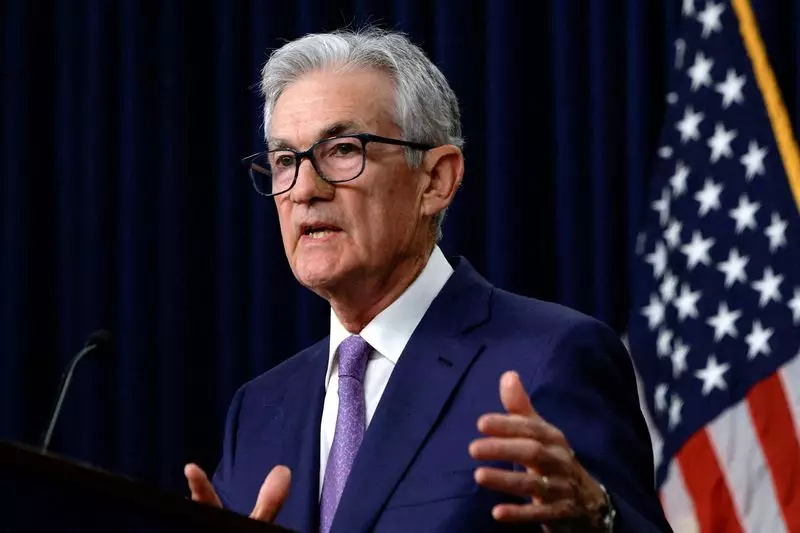The Federal Reserve, as the United States’ central bank, plays a critical role in managing the nation’s monetary policy, responding to economic conditions, and maintaining stability in the financial markets. The recent decision to cut interest rates by 25 basis points has stirred a flurry of discussions regarding the Fed’s strategy, especially in light of anticipated changes due to the incoming administrative policies under President Trump. The stance taken by Jerome Powell, the Fed Chair, points to an ongoing balancing act: making informed monetary policy decisions while factoring in the incoming administration’s fiscal strategies that hold implications for economic growth and inflation.
The Influence of Political Changes on Economic Stability
At the heart of Powell’s commentary lies the acknowledgment that while Trump’s proposed tax cuts and trade tariffs could influence the economic landscape, these impacts may not be immediate. This statement underscores a broader theme in central banking: the challenge of operating effectively amid political transitions. Drawing from historical precedents, such as the Fed’s behavior following Trump’s election in 2016, analysts are keen to identify patterns and parallels. In that period, the Fed began factoring anticipated fiscal changes into their assessments, indicating a proactive approach to adjusting rates in response to potential economic shifts.
Anticipating Economic Growth and Inflation Pressures
The potential for heightened economic activity associated with aggressive fiscal policies, such as tax reductions and increased government spending, was noted by Federal Open Market Committee (FOMC) members. Despite the uncertainty surrounding the specifics of these fiscal measures, approximately half of the Fed’s officials at the time began adjusting their outlook for interest rates. The expectation of stronger growth, combined with concerns over rising inflation due to trade policies, could compel the Fed to adopt a more restrictive stance on interest rates than previously envisioned. This uncertainty poses risks not only for inflation management but also for overall economic stability.
The discord between the Fed’s objectives and the Trump administration’s potential policy directions raises significant questions about future monetary policy coherence. Analysts anticipate that Trump’s import tariffs could lead to inflationary pressures that challenge the Fed’s mandate of price stability. Should inflation rise sharply, the Fed may find itself at odds with the administration’s economic strategy, prompting a critical examination of how monetary policy reacts in politically charged environments. This tension is further complicated by the question of Powell’s leadership stability, as discussions emerge about whether the new administration might seek to influence or even remove him from office.
A Legal and Institutional Framework for Independence
Powell’s assurance of his tenure, stating he would resist any attempts at dismissal, highlights a crucial aspect of the Federal Reserve’s operational philosophy: independence. The Fed must maintain a nonpartisan stance, insulated from the whims of political cycles, to effectively manage economic policy. The potential for legal challenges against any administration attempts to displace the Fed chair signals a commitment to this independence, raising foundational questions about the relationship between political authority and centralized economic control.
Any shifts in the composition of the Fed’s leadership could have profound implications not just for inflation and interest rates, but for the broader economic climate. A more politically aligned Federal Reserve might energize or destabilize the financial markets, shifting confidence levels among investors and consumers alike. As policymakers grapple with the dual goals of curbing inflation while supporting labor demand, the market’s watchful eye will be fixed on how the Fed adjusts its strategies amid the swirling uncertainties posed by the Trump administration’s policies.
The Federal Reserve stands at a pivotal juncture, tasked with navigating the complexities of monetary policy in an evolving political and economic landscape. The interplay between fiscal policies introduced by the incoming administration and the Fed’s responses will shape the trajectory of economic conditions in the United States, necessitating careful considerations and dialogues among economists, policymakers, and political leaders.


Leave a Reply